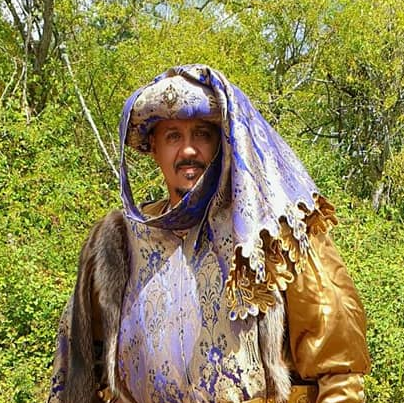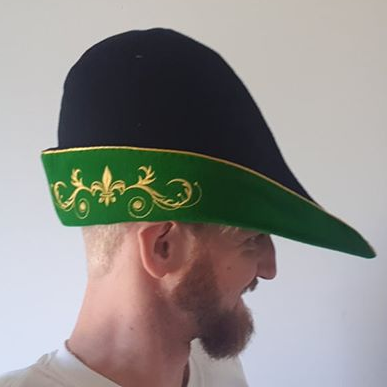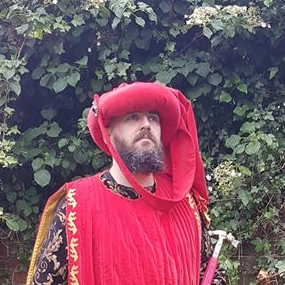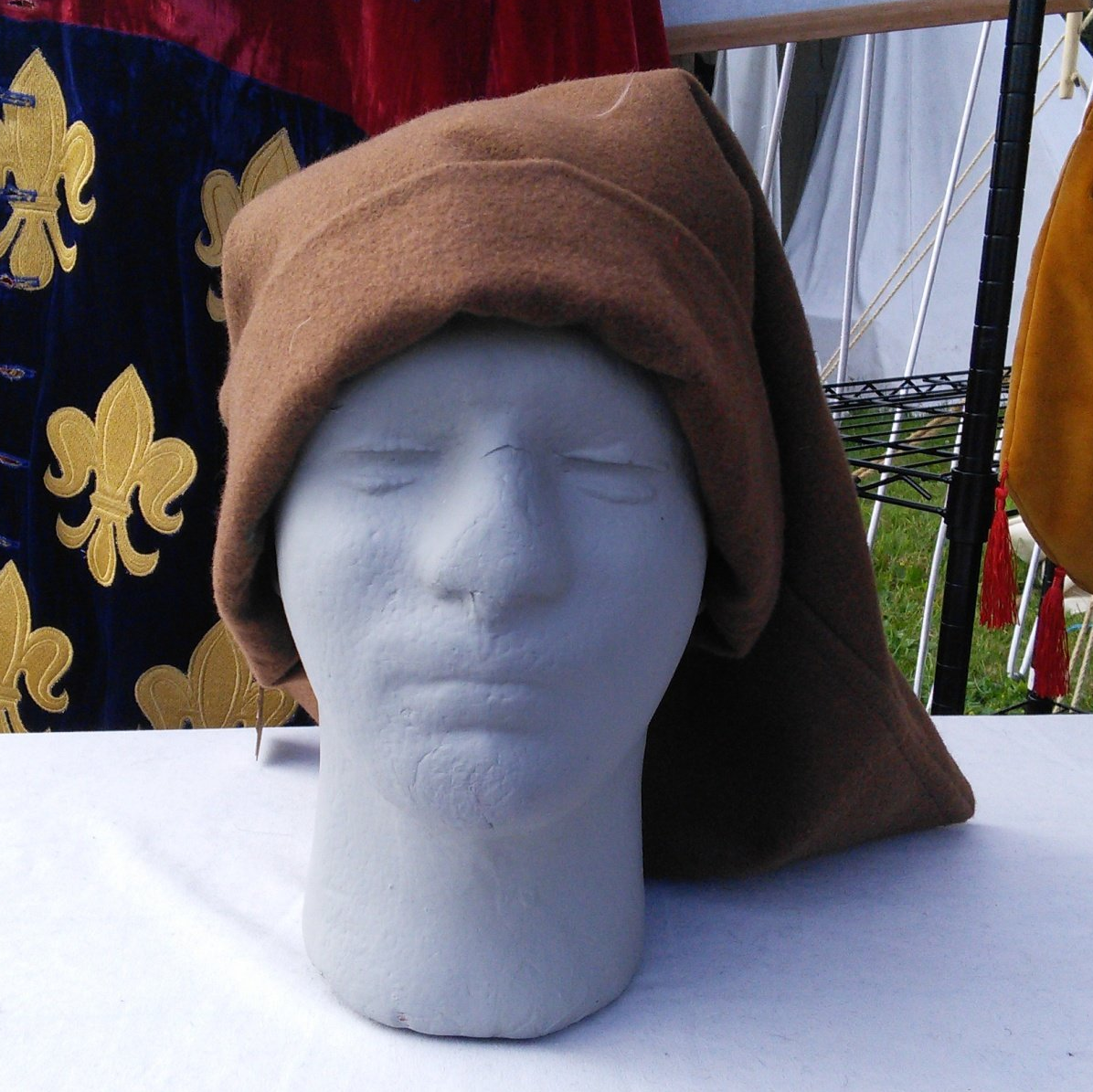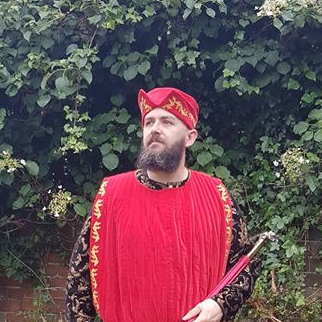

Mens Clothing: Headwear
14th & 15th Century Headwear
As with most of the fashion of the time period, 14th and 15th century headgear changed considerably over the 200 years.
As a normal, the standard expectation for men to cover their heads in the 14th century was mainly for religious reasons. By the 15th century it was for piety, comfort, or simply social standing. Few would dare leave the house without some sort of head covering, and fewer still would own no head covering whatsoever. By the beginning of the 15th century your headwear also represented your occupation. Whilst there were a variety of styles across the continent, England spent much of the 14th Century with only a few styles in vogue across the wider population, with only a handful more that would enter into higher society.
Coif
13th-14th Century
The Coif is the most used head covering used by men, women and children of all ages and classes. These tightly fitting caps where tied under the chin and are believed to have started off in the 11/12th century, as covering for your head as was stated in the bible. You can see them under the kings crowns into the 14th century, under bycocket, sugar stacks and of course the hood, as well as being worn by workers in the fields. In the 16th century they were produced with heavy embroidering.
Hood
13th-15th Century
Hoods were worn by both men, women and children, although the men’s were normally joined at the front. By the mid 14th century the women were showing wealth by having them buttoned down the front.
It was noted that in the early 14th century when out and about you always had to have you head covered for religions reasons. Exceptions for this rule was when you were in church, hoods came down so the priest could see your face.
Hood were also worn with coifs and could be decorated depending on your standing. Some came with dagging, embroidery and long liripies.
Bycocket
14th-15th Century
Bycocket hats were mainly worn around the late 14th century. There are many descriptions of both men and women riding and hawking wearing a crowned tall hat with an upturned brim sharply pointed at one end. They have been noted as sometimes being heavily adorned with stones or embroidery.
Plainer versions are also noted on archers as they are believed to help keep the sun out of the eyes or on those working in the fields with a coif underneath. When turned around they are prefect to keep the rain off of the neck.
Chaperon
14th-15th Century
The chaperone was started by people wearing their hood a different way around the mid 14th century, and was one of the most popular headwear for men in the middle to higher classes. It is very really seen worn by women until the early part of the 15th century.
The face opening was rolled up and became the padded roll, the neck part fell down the side of the padded roll and developed into having elaborate insides and edging known as dagging. The tail or liripipe started getting longer to show off your wealth, the longer the liripipe the more fabric you could afford to waste on decoration.
Headwear were sometimes passed down in wills or given as gifts when the first owner replaced them, and as you did not want to look the same as the person that passed it on there were several design changes made over time. In the mid 14th century the fabric was elaborate and the side piece mostly came with elaborate dagging, the liripipe was shorter and went under the chin tucking into the other side of the hat.
As time went on the liripipe got longer and so did the side piece.
By the late 14th early 15th the fabric became much planer, and the side piece got much shorter and fuller standing out from the top of the roll. The liripipe became much longer either draped around the neck and shoulders or tucked into the belt even nearly touching the ground. By the end of the 15th century the liripipe had disappeared.
Roll Up
14th Century
Roll up or Bag hat was worn in the late 14th century. Made from a simple tube of fabric which you rolled up at the end. The other end could be closed with a straight line, rounded or given dagging. It has been suggested that they may have also been used to pad out the inside of a helmet, but there are very few details for this.
Sugar Stack
15th Century
The sugar stack sometimes called sugar loaf hat, were made not only of felt but also in velvet, brocades or taffeta. They were often embroidered and had fur trim brims adorned with jewellery. The brim became more shaped in later eras, and it was a favourite design of Richard lll. Earlier depictions of these type of headwear were more often then not worn with a coif underneath.
Cap
Caps were one of the most common type of men’s headwear from late 12th century to late 15th century. In the 12th century they were worn mainly with the coif under them, they were made of felt, velvet, beaver and any other comfortable fabrics. They were worn by many classes from the merchants to the men in the fields. As the time moved forward they became more elaborate, from the use of taffeta and heavy embroidery to jewels being added.
